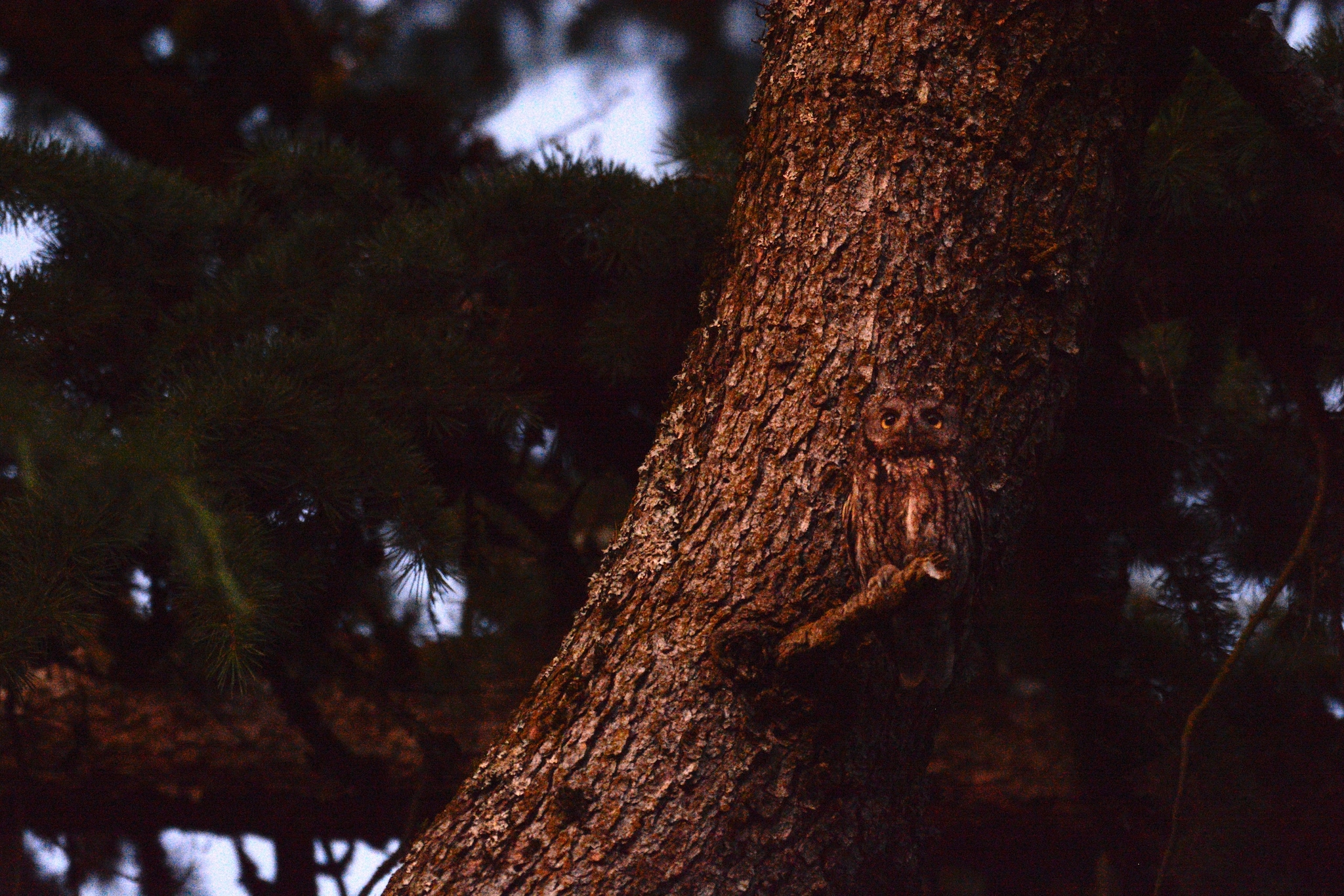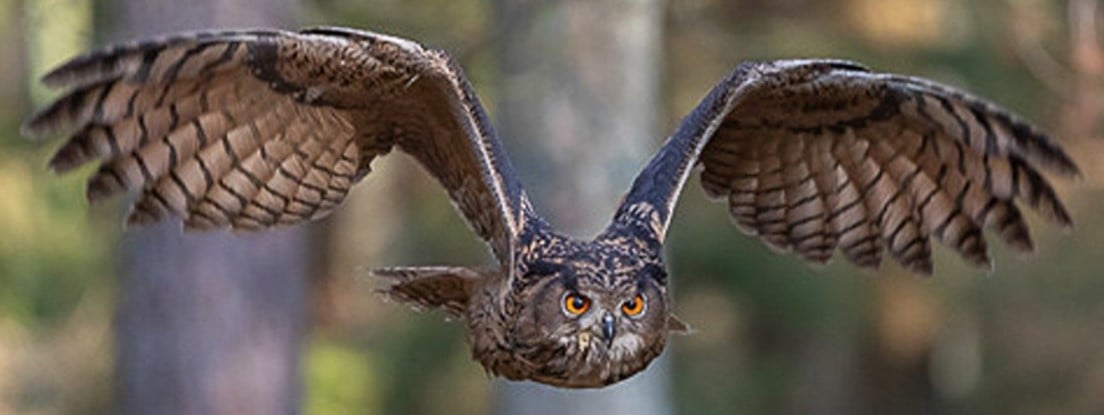From WaPo Opinion
(Archive)
Tove Danovich is a writer in Portland, Oregon, and author of the newsletter “A Little Detour With Tove Danovich.”
I did not know much about bird banding until I signed up to take part in an owl study in my neighborhood outside Portland, Oregon. A federally licensed bird bander named Alexander Lauber installed a wooden owl box in a cherry tree in my backyard. Owl boxes re-create the tree cavities where owls nest in nature.
Later on, long after I’d given up hope of ever hosting owls, I saw a feathered head of a Western screech owl poking out of the box, surveying my yard. A female had decided it was a good place to lay her annual clutch of eggs.
Screech owls are tiny birds — weighing about five ounces — that have done relatively well living in proximity to humans. They’re more often heard than seen: Contrary to their name, they make beautiful sounds, such as the bouncing-ball melody I often hear in the night, and the only “screech” comes when they are defending their nests or young.
After the eggs hatched a month later, Lauber came back, set up a ladder and climbed the tree. He laid a simple trap and caught the adults — each about the size of an open hand — as they came back with food for their young. A few days later, he bagged the owlets and brought them down the ladder one by one.
Lauber weighed the owls, measured their wingspans and jotted the details on a spreadsheet. Then he opened a box of small metal bands with numbers stamped on them. Think of the bands as tiny, wearable license plates. I held an owl, all hot feathers and heartbeat, while Lauber closed the band around a leg and noted down the number. If people found the bird again, they could report the number online, and Lauber would get an alert. That helps us understand where owls go, how well they grow and how long they live.
Then Lauber climbed the ladder again and returned the owls to their nest.
We might think of owls as hunting rodents and other small game, but here was this small, angry owl, his yellow eyes cursing at us, with a moth and an earthworm in his claws. What else could we learn about these nocturnal birds that live among us?
Alexander Lauber hands one of the owls to an assistant.
Lauber puts a baby Western screen owl on a scale to get its weight
A baby Western screen owl is banded.
If the administration gets its way, we won’t have much hope of learning more. The White House’s 2026 budget would end the annual North American Breeding Bird Survey and the Bird Banding Laboratory, programs under the U.S. Geological Survey’s Ecosystems Mission Area.
For more than a century, bird studies have operated as follows: Scientists band birds and wait to see what happens to them. Since 1920, the Bird Banding Laboratory has worked with Canadian scientists to run the North American Bird Banding Program. More than 77 million birds have been banded in the United States and Canada; more than 5 million of those birds have been “reencountered,” or found and logged by someone later on.
Bird banding might seem low-tech, but the program has provided some of the best information we have about certain species. It’s how we know about Wisdom, a Laysan albatross that lives on Midway Atoll and is the oldest confirmed wild bird in the world. She was banded in 1956 and still incubating eggs as of last year, at 74 years old. Banding is how agencies track the health of waterfowl populations and set hunting limits and seasons for the birds at sustainable levels. Wood ducks were hunted to such an extent that they were close to extinction when the North American Bird Banding Program started. Today, there are an estimated 4 million of them, and the population is increasing. Hunters are some of the most frequent loggers of banded birds.
Wisdom, a Laysan albatross, and her chick at the Midway Atoll National Wildlife Refuge on Feb. 7, 2017.
Who would want to end such a program? If we don’t track a bird species, we’ll have no idea when it’s in jeopardy. Without the citizen-reported data, it becomes much harder to prove that a marsh where someone wants to build a parking lot or a resort or a golf course is actually vital habitat. The bird-banding program is just one part of the USGS’s Ecosystems Mission Area; the program’s $292.9 million budget in 2025 went to programs that monitor invasive species, track diseases such as avian influenza and look for ways to help ecosystems adapt to climate change. All of this is slated for defunding in the White House’s proposed 2026 budget. Hard to see how that makes America great again.
While the owls lived near me, watching them became part of my evening ritual. When the owlets got old enough, I’d see their fuzzy gray faces peeking out of the box — observing the world they were soon to encounter. I was there the day that they left the nest, watching them jump onto a nearby branch and nearly fall as they fledged. But then they tested their wings, fluttering from one tree to the next, until they were out of sight.





